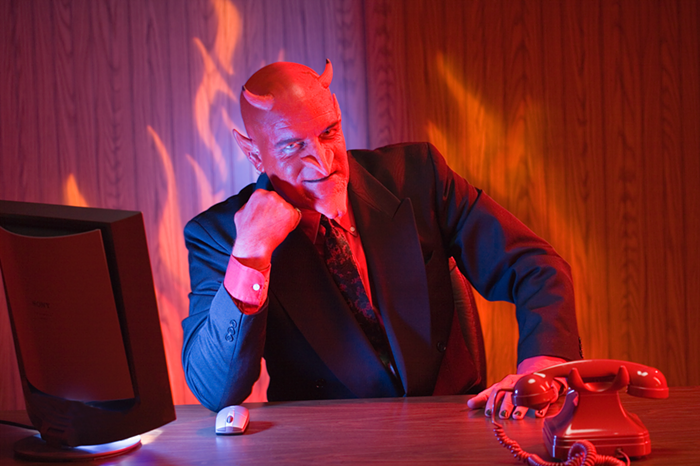Joining the list of unneeded remakes (see Vampire Slayer, Buffy the), frighteningly prolific French cartoonist Joann Sfar, has recently released a complete graphic retelling of the classic children book and cornerstone of my adolescence, Antoine de Saint-Exupery's The Little Prince.

It's a pretty great accomplishment, though it's hard for Sfar to go wrong working from such strong material. An adaptation isn't exactly unwelcome, but it's hard not to be dubious about a comic book based on a heavily illustrated novel, especially when it borrows the prose so liberally from the original. The question is whether it's necessary, or, how does the adaptation distinguish itself?
Only a handful of Sfar's many works have been translated into English. Notable entries include The Rabbi's Cat (and the sequel), Vampire Loves, and Klezmer. His style is loose and child-like, his writing can be brooding and allegorical, insipid or philosophical. So The Little Prince naturally lends itself to Sfar's talents.
The first thing I noticed was how the drawing brings the characters to life. The Prince is rendered as a thoughtful, wide-eyed child. His comical stare can become a maniacal laugh or an introspective gaze. While Saint-Exupery's original character sketch carried with it a gravity and innocence beyond the fragile brush strokes, Sfar's kinetic lines give the Prince motion and depth.
Then there's the narrator, a transparent stand-in for Saint-Exupery, here explicitly modeled to resemble him. Taking a first person narrative and making it visual makes the pilot a more active agent in the story. It's a jarring pleasure to externalize the Pilot's voice, even if Sfar resorts to text heavy panels to convey some of the more important passages. The Pilot's melancholy and detachment from the adult world is palpable throughout. Rendered in one scene in color while his friends laugh and revel in shades of gray is one thing. Seeing his face contorted with delight as he banters with the Prince, the backgrounds morphing in shape and color with the mood of the conversation, deepens the bond the two share.
Except for a few tone-deaf asides, including a cloud of cigarette smoke telling the pilot that he shouldn't be smoking in a story meant for children (a directive ignored throughout the comic), Sfar takes the original straight to the page, edited slightly for space and clarity. The most important lines are intact and indistinguishable from the original, including the theme: Only with the heart can one see clearly. What is essential is invisible to the eye.















